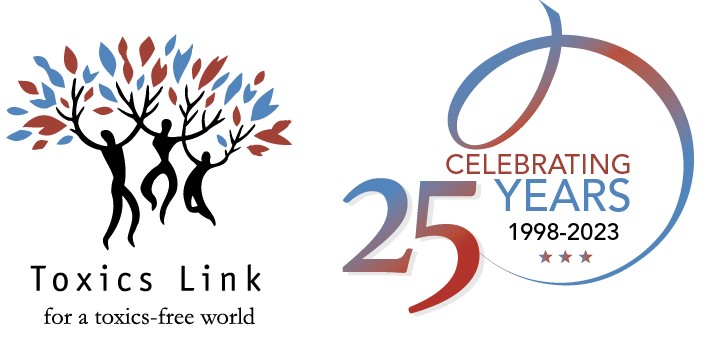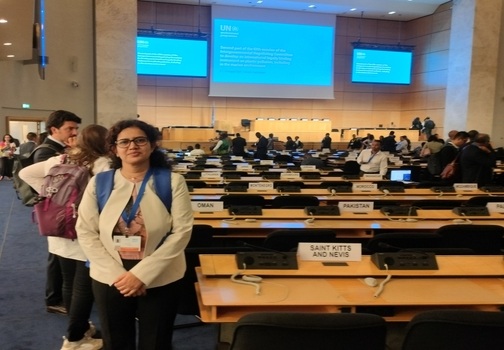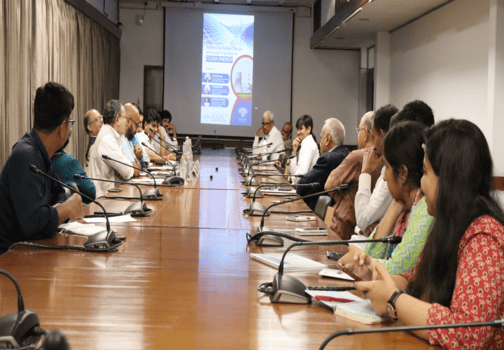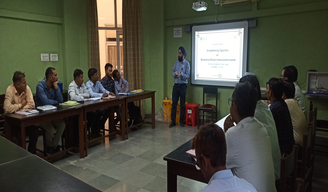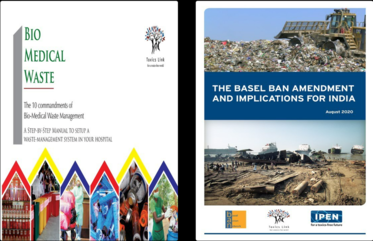INTERVENTION
Heavy Metals in Toys: In 2006 Toxics Link conducted a research study on toxic metals in toys titled “Toying with Toxics: An Investigation of Lead and Cadmium in Soft Toys in Three Cities in India” (2006). The study found high concentration of heavy metals like lead and cadmium in toys. The report was well received by the media and was discussed in the Indian Parliament. Based on the report findings, even the Government of India put a temporary ban on the import of toys. The interventions led to the stringent standard for use of heavy metals in toys in India. Toxics Link also has developed a film on the issue for wider dissemination of information and awareness creation.
Lead in Paints: Lead is a well-known neurotoxin and an ingredient in paints. Lead in paints is recognized as the emerging issues in the Strategic Approach to International Chemical Management (SAICM). Most of the countries across the world have phased out lead from the paints. However, in India, hardly any attention is being paid to the issue.
Toxics Link conducted the first study on lead in paints in 2007 titled “A Brush with Toxics” and found high content of lead in Indian decorative paints. The report drew attention and discussion from various stakeholders across the country. After a series of reports on lead exposure by Toxics Link, some of the major paint manufacturers voluntarily lowered the lead contents in paints.
Toxics Link also helped the neighbouring countries to initiate similar study in their countries. The impact of these studies followed by release of report was felt in many of these countries. Following the report release and campaigning, Sri Lanka, on 1 January, 2013, came up with the mandatory standard for lead content in decorative paints.
Lead in Jewellery: In 2010, Toxics Link published an investigative study on imitation jewellery that showcased high amount of lead content in over 60 per cent of the samples. About 54 samples of rings, pendants, bracelets and earrings were collected and tested. There is no danger if the jewellery is only worn, but there could be serious consequences if the jewellery is ingested, especially by children.
Mercury in CFL: Mercury is a known neurotoxin and its health impact is well identified. It is an important ingredient in CFL bulbs. As India is pushing for more energy saving policies, the CFL is the best suitable options available at this point of time. However, there are huge gaps on the management of CFLs at both upstream and downstream levels. Toxics Link did a research study and found high content of mercury in CFLs, mostly in major brands which are being sold in Indian market. After Toxics Link took up the issue with BIS, it is now in the process of setting stringent standards of mercury content in CFLs. A meeting with CPCB (Central Pollution Control Board) was also organized on the issue to find better solutions for management of CFLs at both the upstream and downstream level.
